Coronavirus: doctors question travel curb benefits
Health experts have questioned the public health benefit ofthe Victorian government’s decision to retain restrictions on how far Melburnians can travel from their homes.
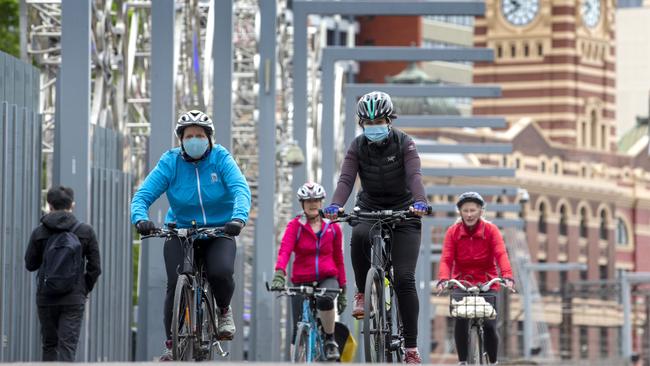
Health experts have condemned the Victorian government’s decision to retain restrictions on how far Melburnians can travel from their homes, questioning the public health benefit of the policy.
From Monday, Melbourne residents will be allowed to travel within a 25km radius from their homes, up from the current 5km limit, as long as they don’t cross any of the borders between the city and regional Victoria.
However, Premier Daniel Andrews was unable to explain on Sunday why the government settled on the particular metric other than to stop people congregating at popular places such as the beach.
Deakin University infectious diseases specialist Catherine Bennett said she was surprised by the government’s decision to retain the restriction. She said the 5km rule had been due to be scrapped when the state moved to its third stage for easing restrictions. “I’m not sure what 25km gives us and I don’t know how you’d police that,” Professor Bennett said.
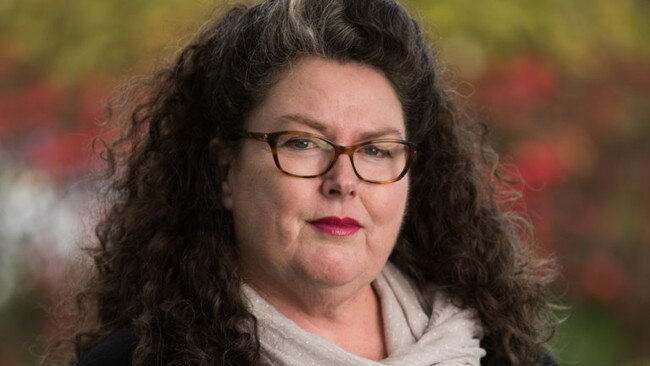
“Frankly, if you’re worried about popular beaches or the Dandenongs getting flooded (with visitors) it would be a much more efficient use of police resources to manage those locations.”
Canberra Hospital infectious diseases physician and microbiologist Peter Collignon, also a professor at Australian National University, described travel restriction as ineffective in regards to containing the spread of coronavirus, which was significantly more likely to be transmitted indoors.
“Fundamentally, it doesn’t do much,” Professor Collignon said.
“Provided people are keeping to the rules when they go out, it doesn’t matter if they travel 25km or 50km or 100km as long as they stay within that defined boundary.”
Professor Collignon said outdoor gatherings were not a significant risk for spreading the virus.
“Remember it’s people crowded in staff rooms, in workplaces, essential workers, that’s where the virus has spread,” he said.
“And the 5km limit hasn’t made any difference in regards to that.”
Victoria’s deputy health officer Allen Cheng hinted to the limits being expanded last week and said that modelling on scenarios was being carried out.
However, the government released no updated modelling on Sunday.
The Burnet Institute, which has previously provided modelling work for Victoria’s Department of Health and Human Services, was unable to comment on whether it had been asked to provide specific advice around the limits.
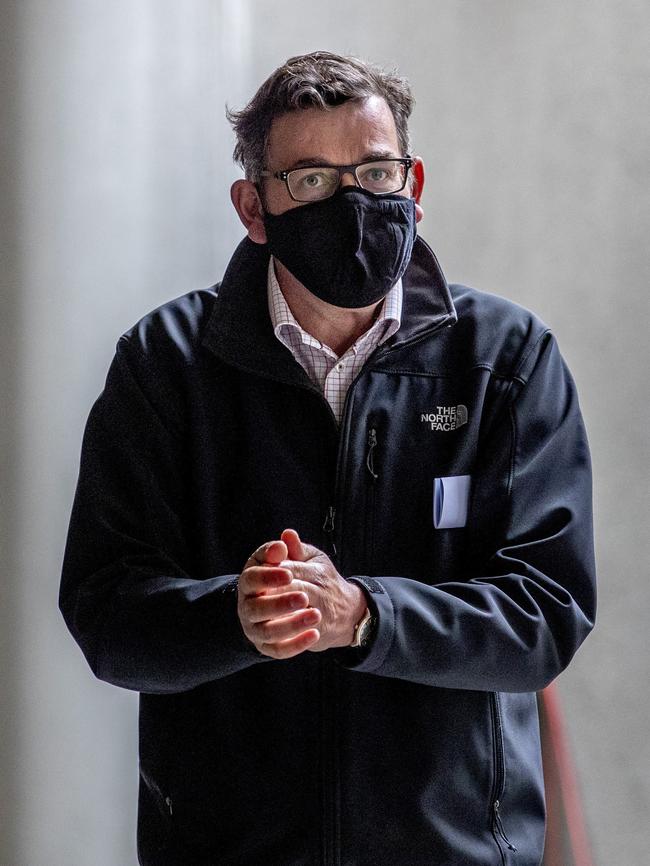
“There is no updated Burnet research (available) for public release,” a spokeswoman for the institute said.
Premier Daniel Andrews defended the new limit on Sunday and said its purpose was to ensure that “we don’t end up with people from the northern suburbs travelling all the way down to other suburbs where there’s not been much virus”.
“I can’t attribute a percentage dividend or a percentage benefit in public health to it. It’s one of a series of measures.
Asked why 25km was chosen, Mr Andrews said “it’s one of those things you need to make a call on”.
“Some might want it to be 30, some might not want it at all,” he said.
“It’s not an easy call to make. We think it’s the right thing to do, it will limit movement (and) will stop larger groups congregating.”

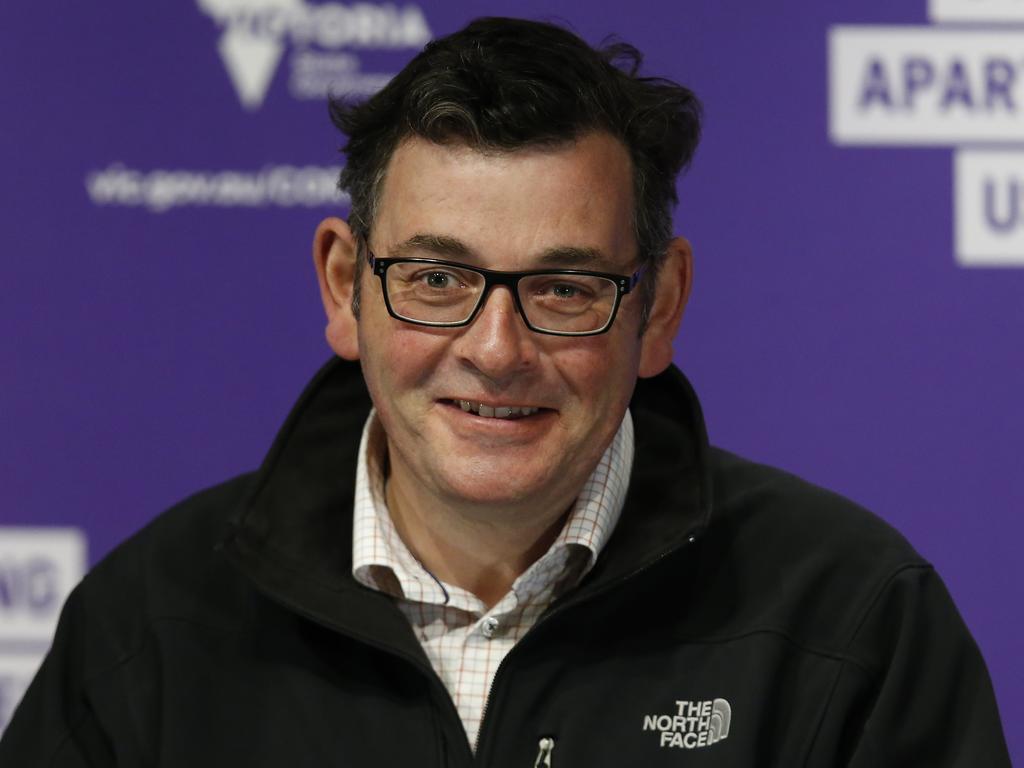

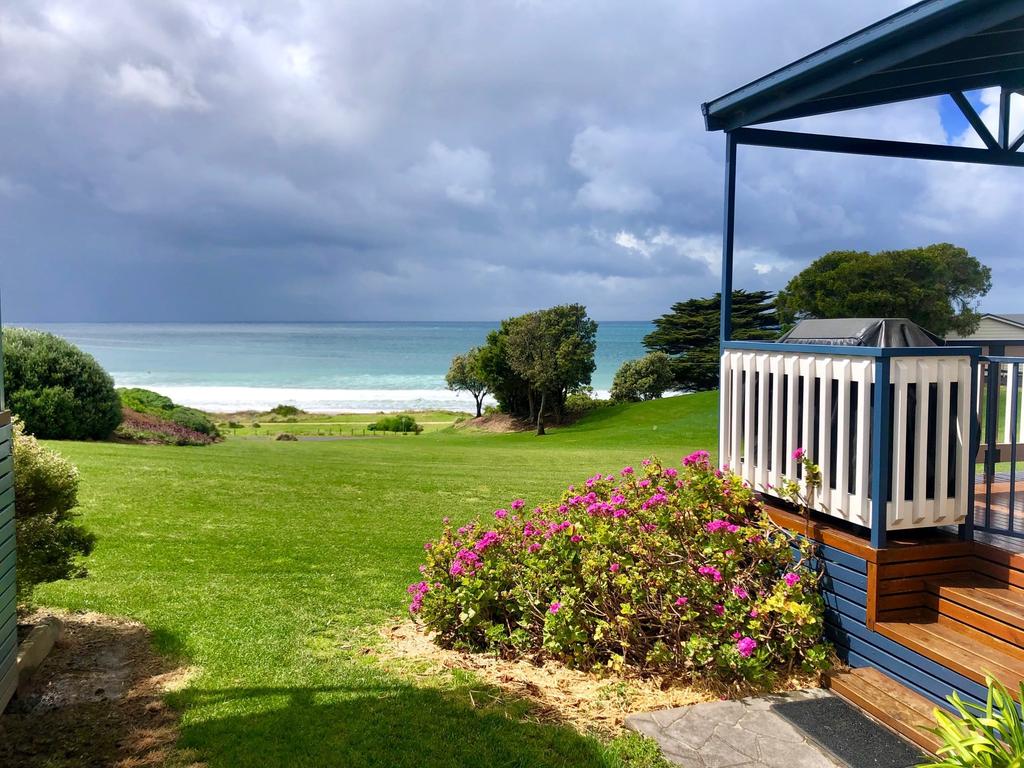
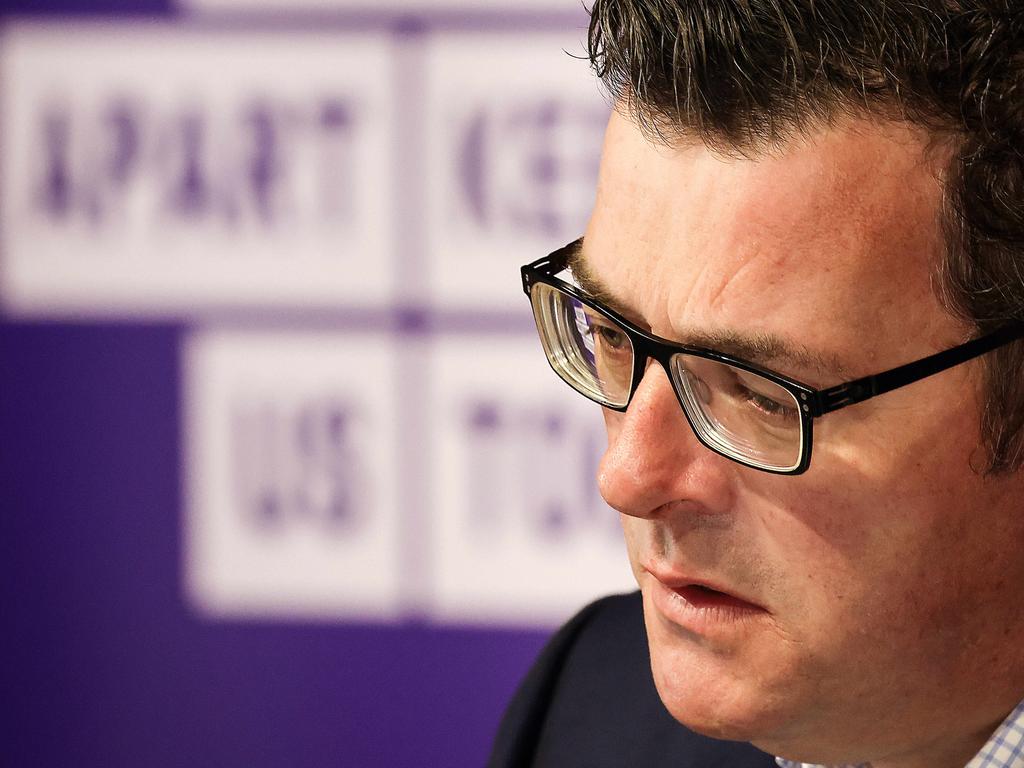


To join the conversation, please log in. Don't have an account? Register
Join the conversation, you are commenting as Logout